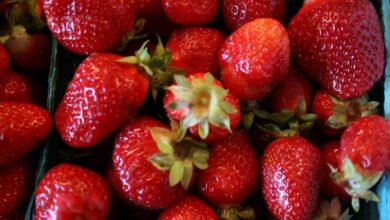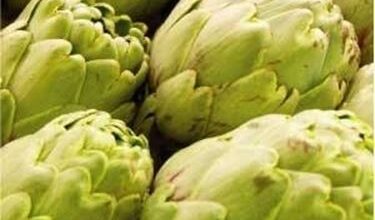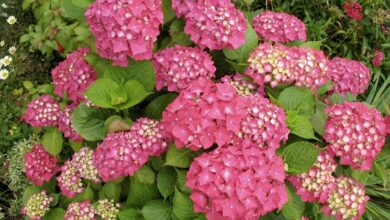Olive grove fertilizer
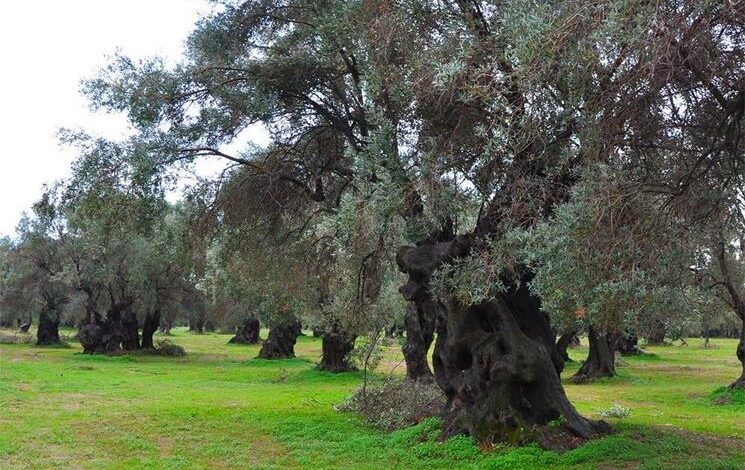
Olive tree
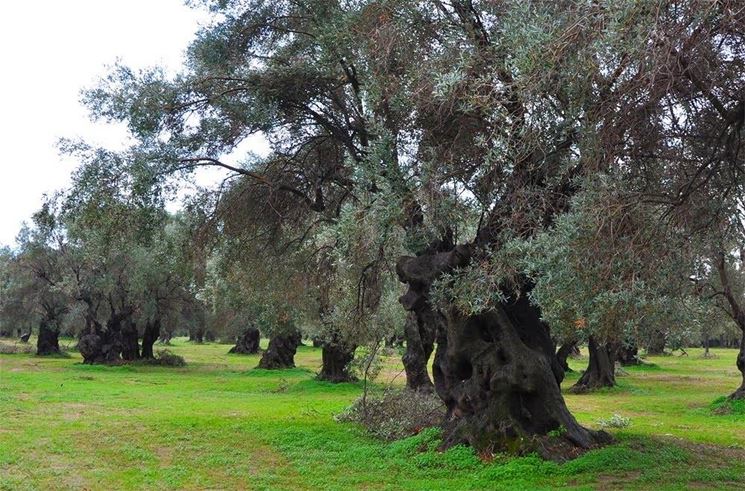
Fertilization
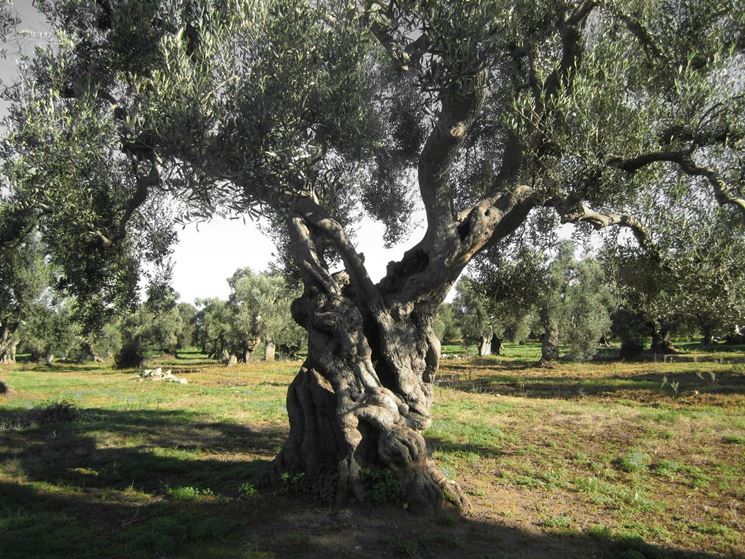
Among the biggest secrets that growers and oil producers hold tight is the fertilization of olive trees. The fertilizations that are carried out for these plants must adapt both to the soil that is used for cultivation and to the climatic conditions of the place where the plants grow. It is not very easy to establish a balance between these things and it is for this reason that those who discover the right method to fertilize, keep it secretly and do not make it public. Furthermore, the fertilizer cannot be administered at random because deficiencies or excesses could be created and therefore the plant does not grow healthier. Much less can you fertilize according to an established generic rule, each tree reacts differently and only experience can establish it. Despite these difficulties, it is not at all difficult to fertilize these plants. There are three types of fertilization: Basic fertilization, breeding and production. Plants need to be supported at all stages of their life cycle.
Background and breeding
Basic fertilization is the first stage in the development of a plant and prepares the soil in such a way that it is suitable for the plant it will host. The fertilizers to be administered are organic fertilizers, possibly mature manure. As an alternative to manure it is possible to use other organic fertilizers to integrate with other substances but they must not contain too much nitrogen. The basic fertilizations must be carried out during the spring period and the ideal dose to be administered would be 40 – 50 tons per hectare. After administering the fertilizers, the soil must be worked and excavated. The second phase corresponds to the breeding fertilization which consists in administering specific fertilizers for 3 – 4 years after planting. This procedure is performed with the aim of strengthening and speeding up the roots of the plant. The amount of fertilizer to be administered is established as the plant grows. The fertilizer to be used must be composed mainly of nitrogen. In the first three years of the plant’s life, the dose to be administered varies from 100 to 200 grams for each plant. These doses must be administered every year in two different phases: the first is the vegetative recovery phase and the second is the phase after flowering. These two phases are the periods when plants absorb more nitrogen. In this phase it is also possible to use chemical fertilizers, including urea, calcium nitrate and potassium nitrate. The fertilizer to be used must be composed mainly of nitrogen. In the first three years of the plant’s life, the dose to be administered varies from 100 to 200 grams for each plant. These doses must be administered every year in two different phases: the first is the vegetative recovery phase and the second is the phase after flowering. These two phases are the periods when plants absorb more nitrogen. In this phase it is also possible to use chemical fertilizers, including urea, calcium nitrate and potassium nitrate. The fertilizer to be used must be composed mainly of nitrogen. In the first three years of the plant’s life, the dose to be administered varies from 100 to 200 grams for each plant. These doses must be administered every year in two different phases: the first is the vegetative recovery phase and the second is the phase after flowering. These two phases are the periods when plants absorb more nitrogen. In this phase it is also possible to use chemical fertilizers, including urea, calcium nitrate and potassium nitrate. These two phases are the periods when plants absorb more nitrogen. In this phase it is also possible to use chemical fertilizers, including urea, calcium nitrate and potassium nitrate. These two phases are the periods when plants absorb more nitrogen. In this phase it is also possible to use chemical fertilizers, including urea, calcium nitrate and potassium nitrate.
Olive grove fertilizer: Production fertilization
The production phase of the olive tree corresponds to the fruiting phase of the plant. Even in these phases, the plants need nitrogen supplies but without exceeding too much. Production fertilization can be carried out in a single phase (in the spring period) or in three phases (autumn, late winter and spring). The fertilizers to be administered are 80 kilos of nitrogen per hectare, 60 kilos of phosphate fertilizer per hectare and between 70 and 100 kilos of potassium per hectare. In addition to the fertilizers previously written, during the fertilization of the olive tree, it is also possible to administer the micro elements such as calcium, magnesium and boron. Of course, calcium should not be administered if the soil already contains high amounts of this substance. Boron should be administered on the leaves before flowering, so as to obtain good fruiting. If needed, the soils must be corrected and rebalanced with the help of iron-based fertilizers. For the rest, if you do not have full certainty of the elements that the land already has, it is enough to carry out analyzes to find out.

